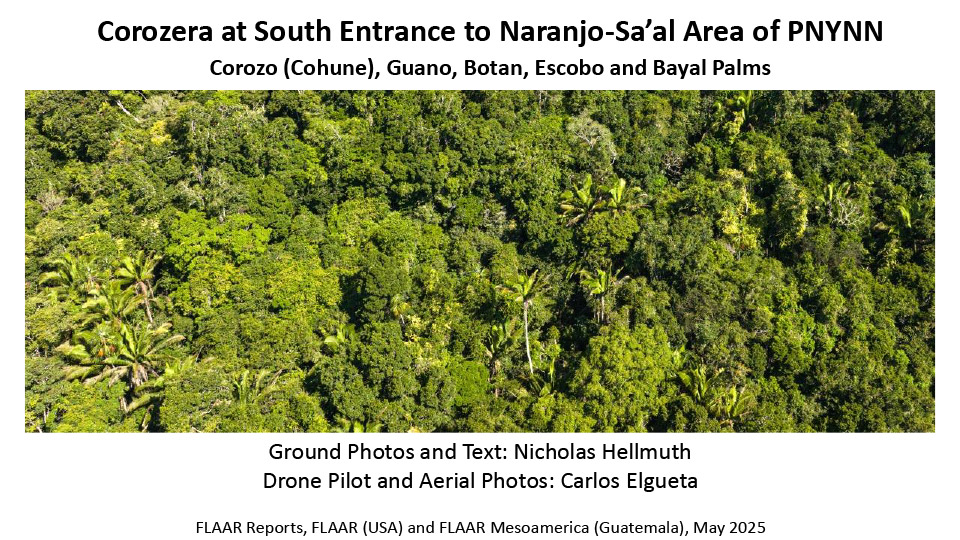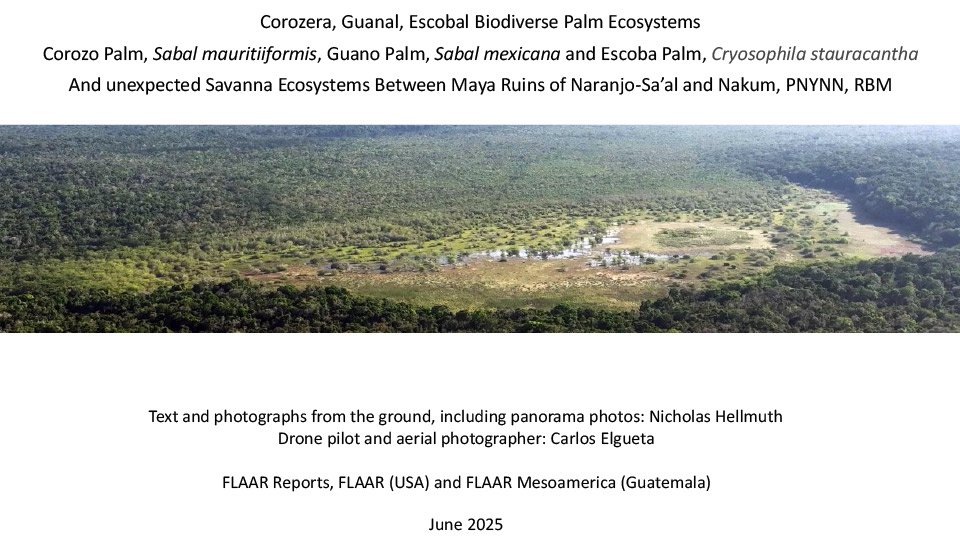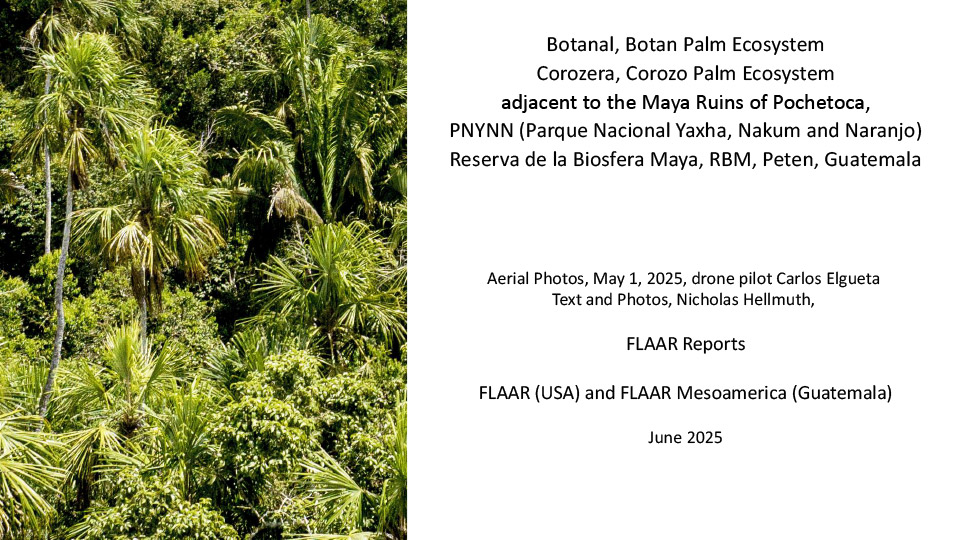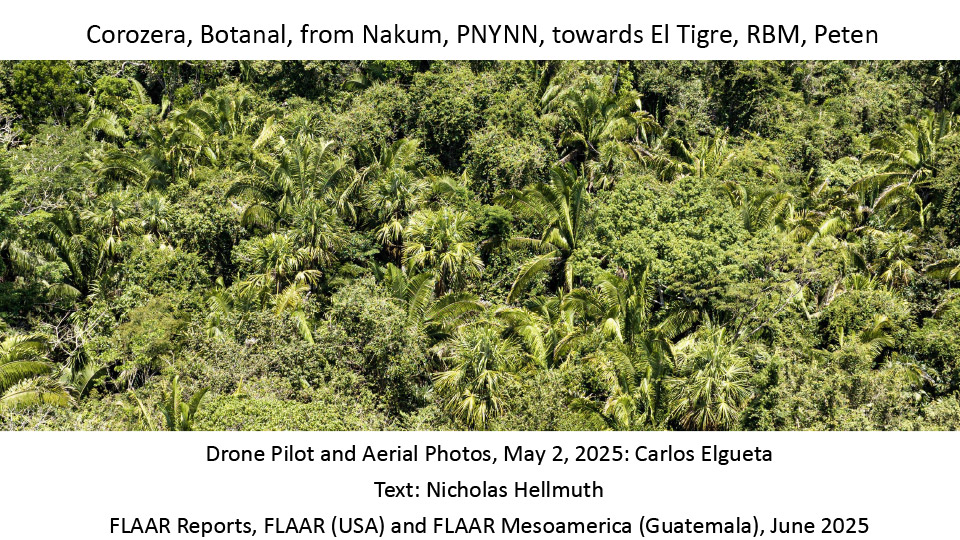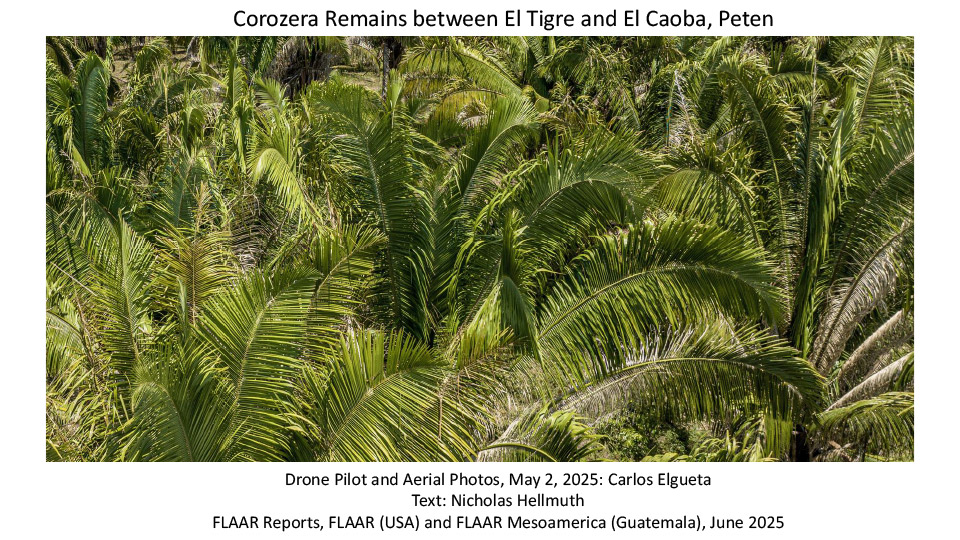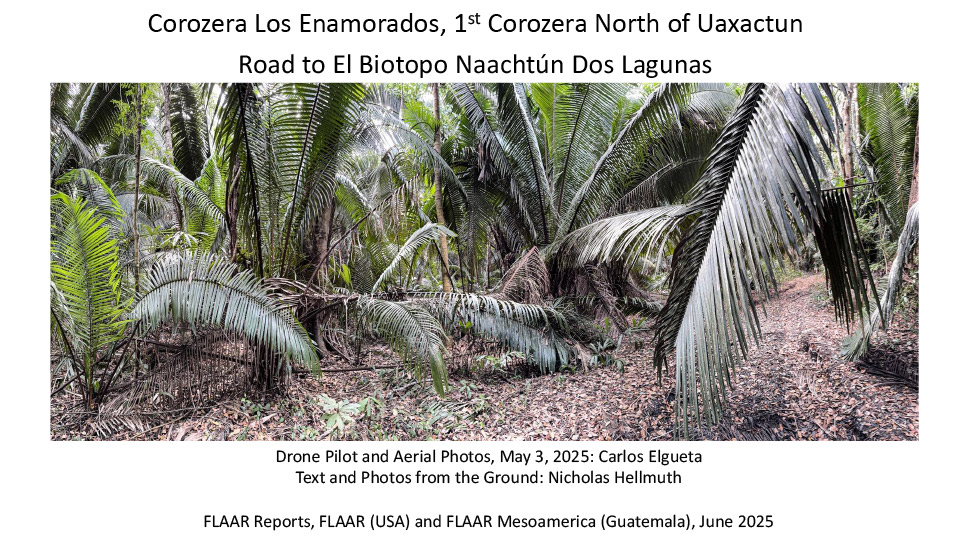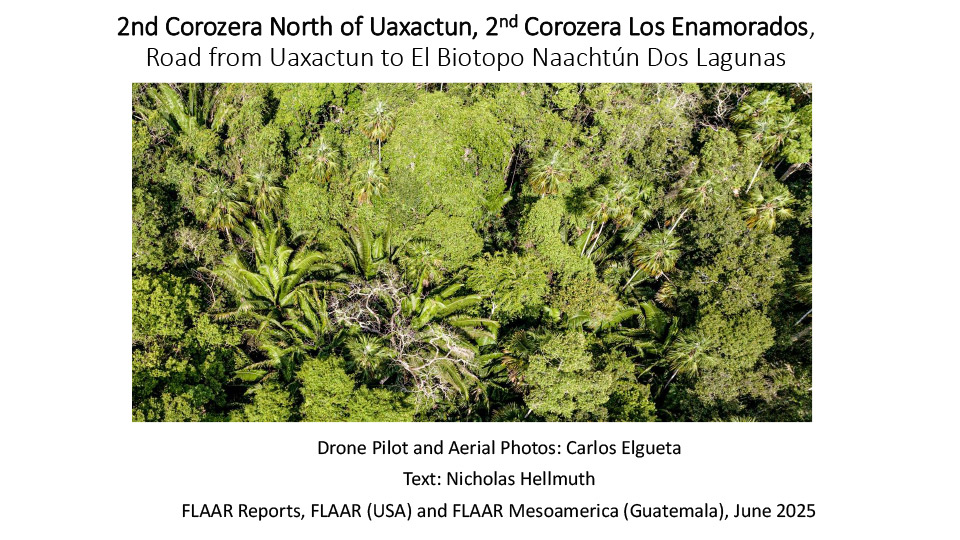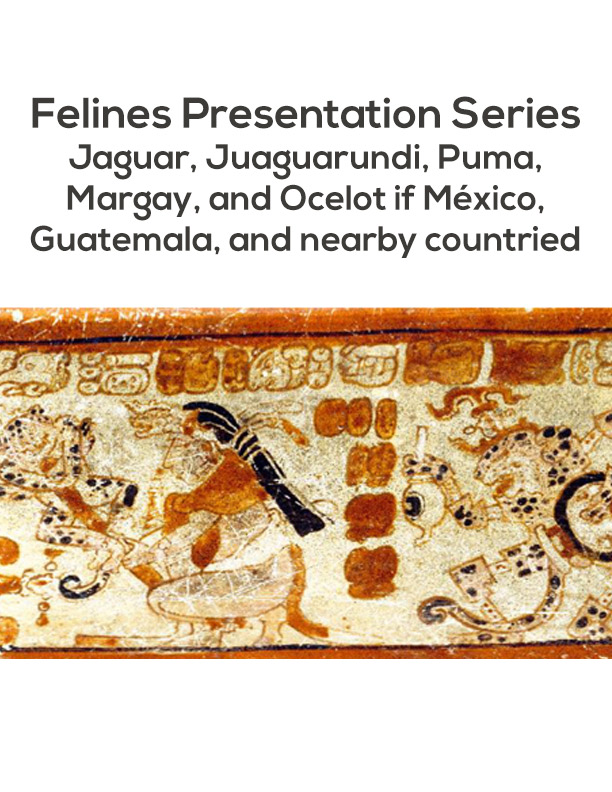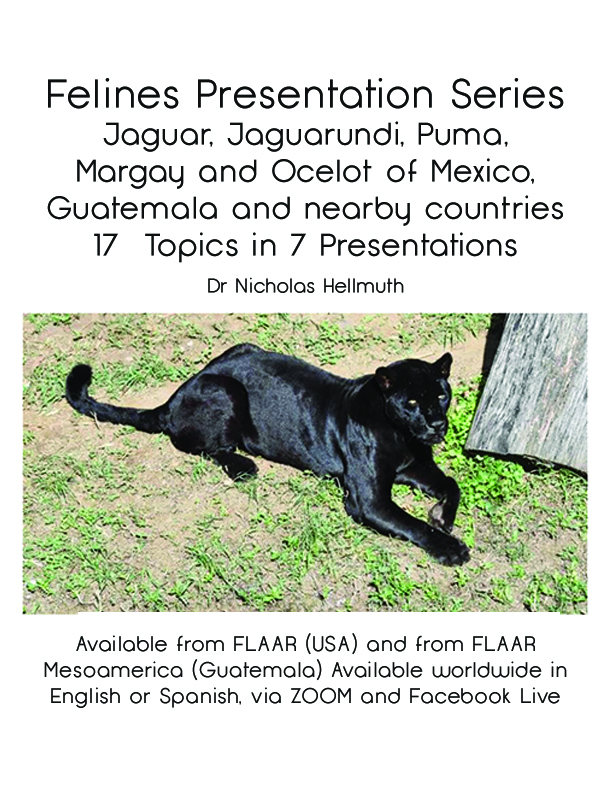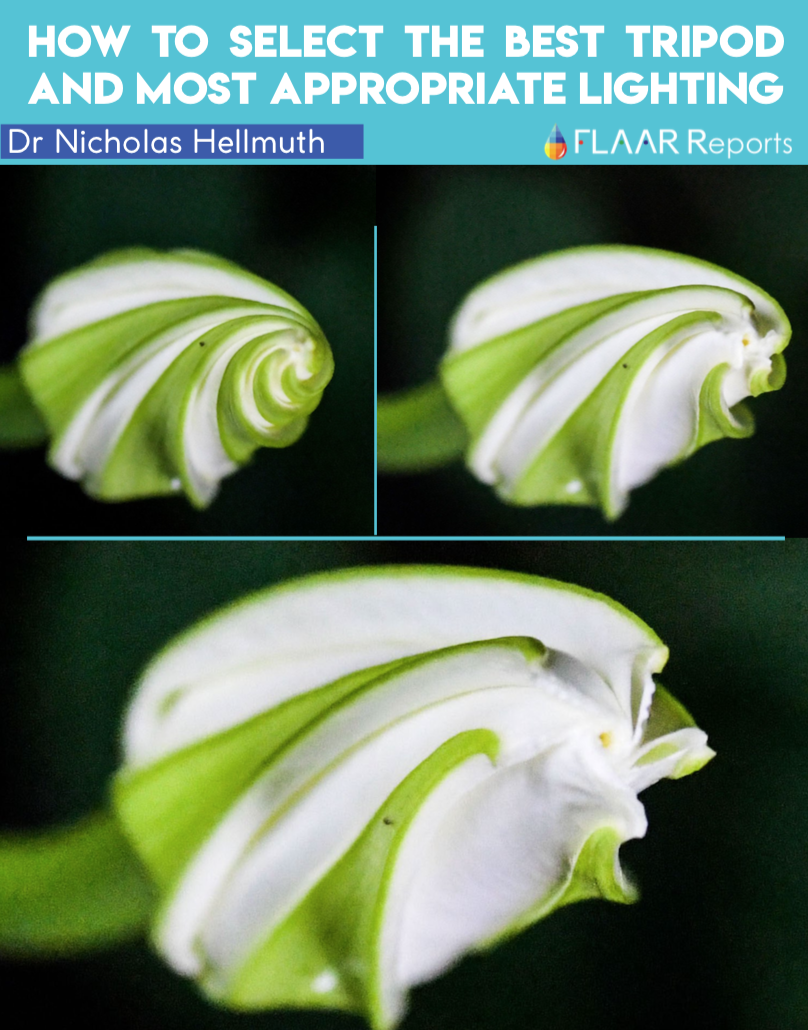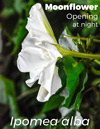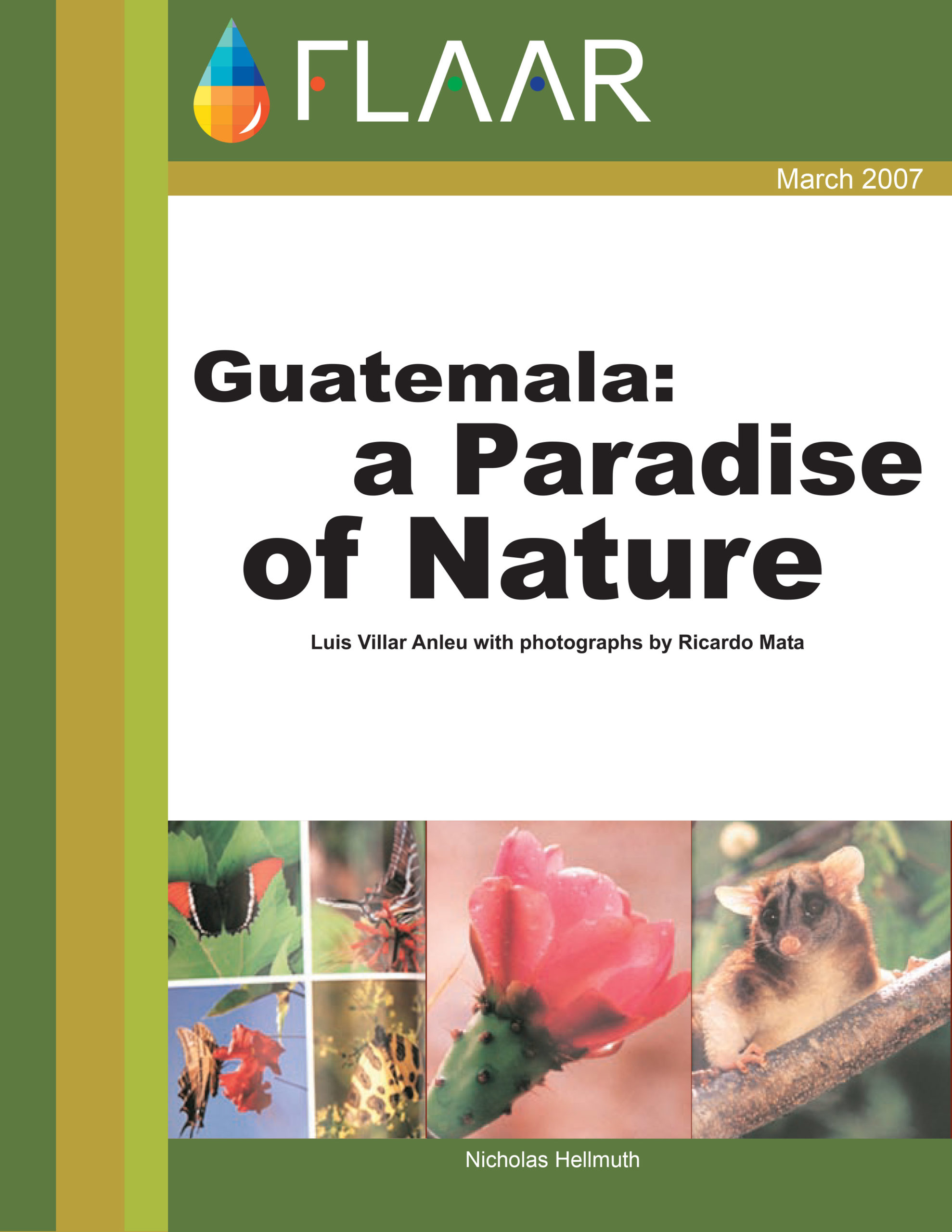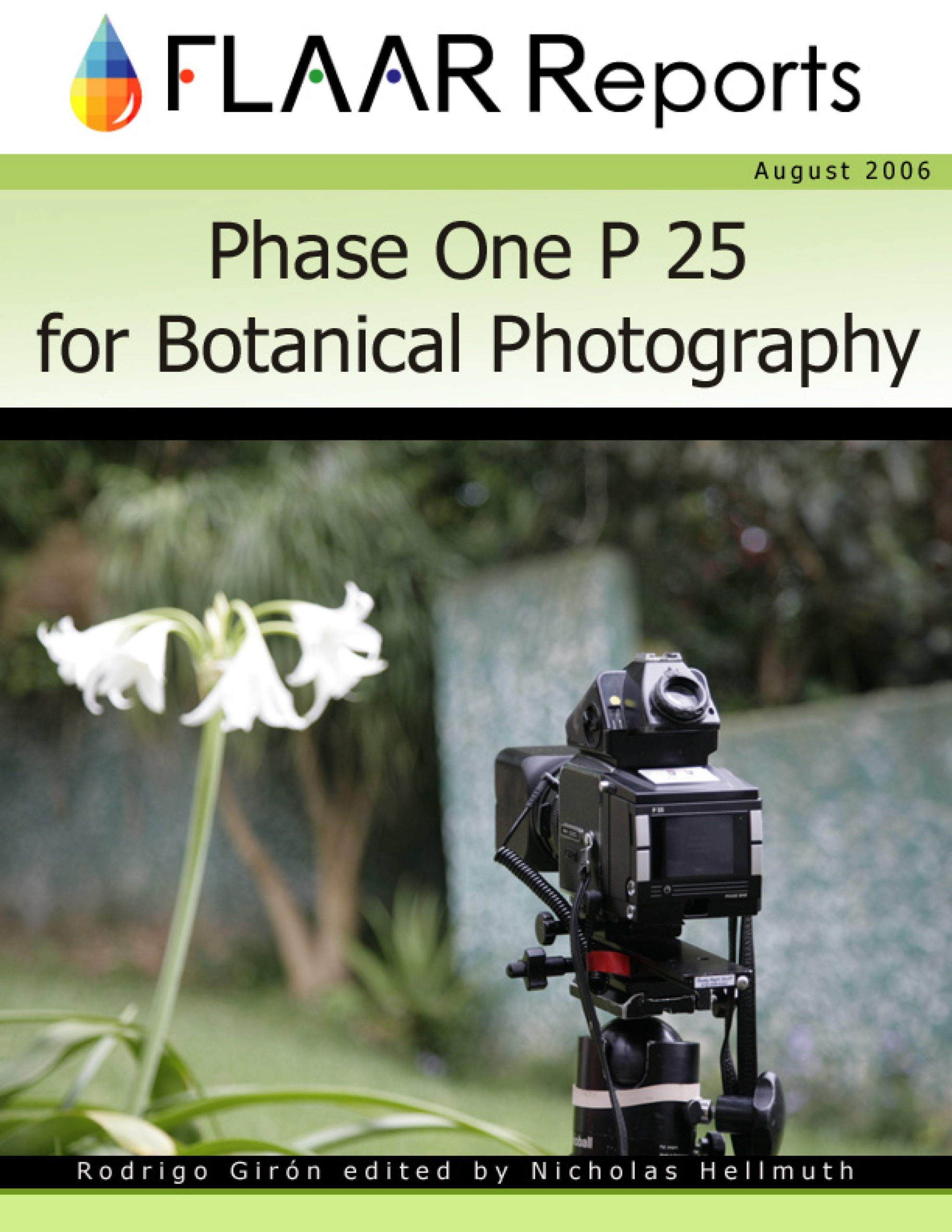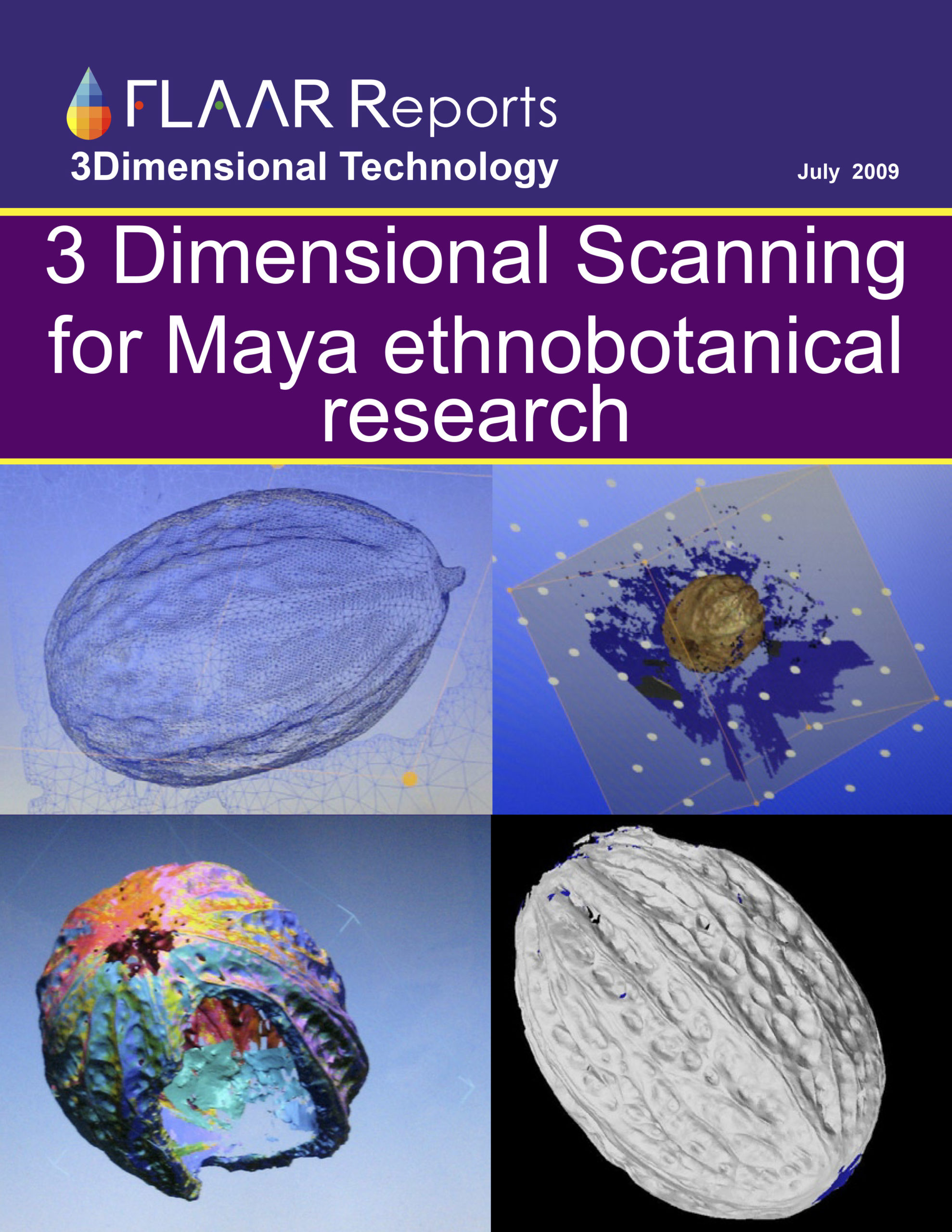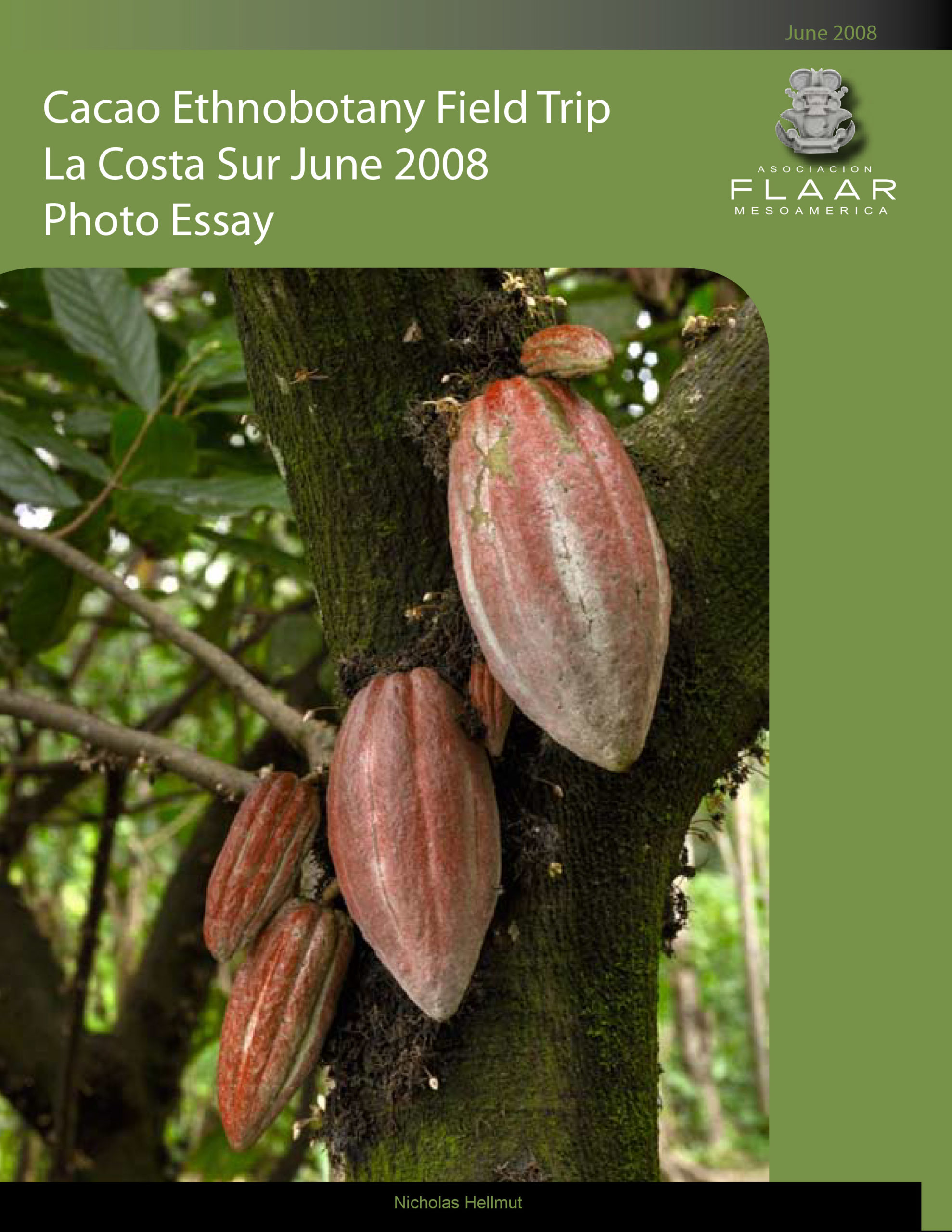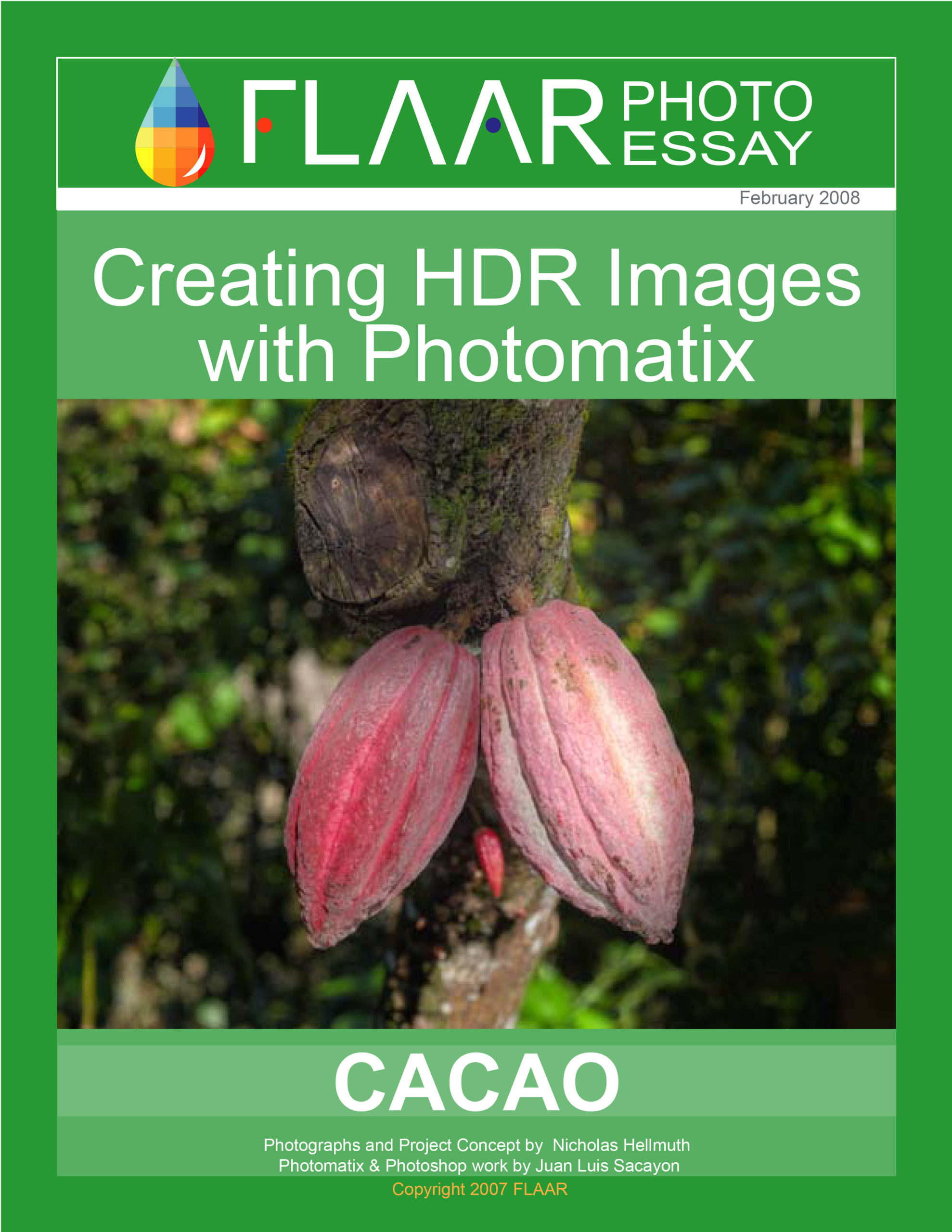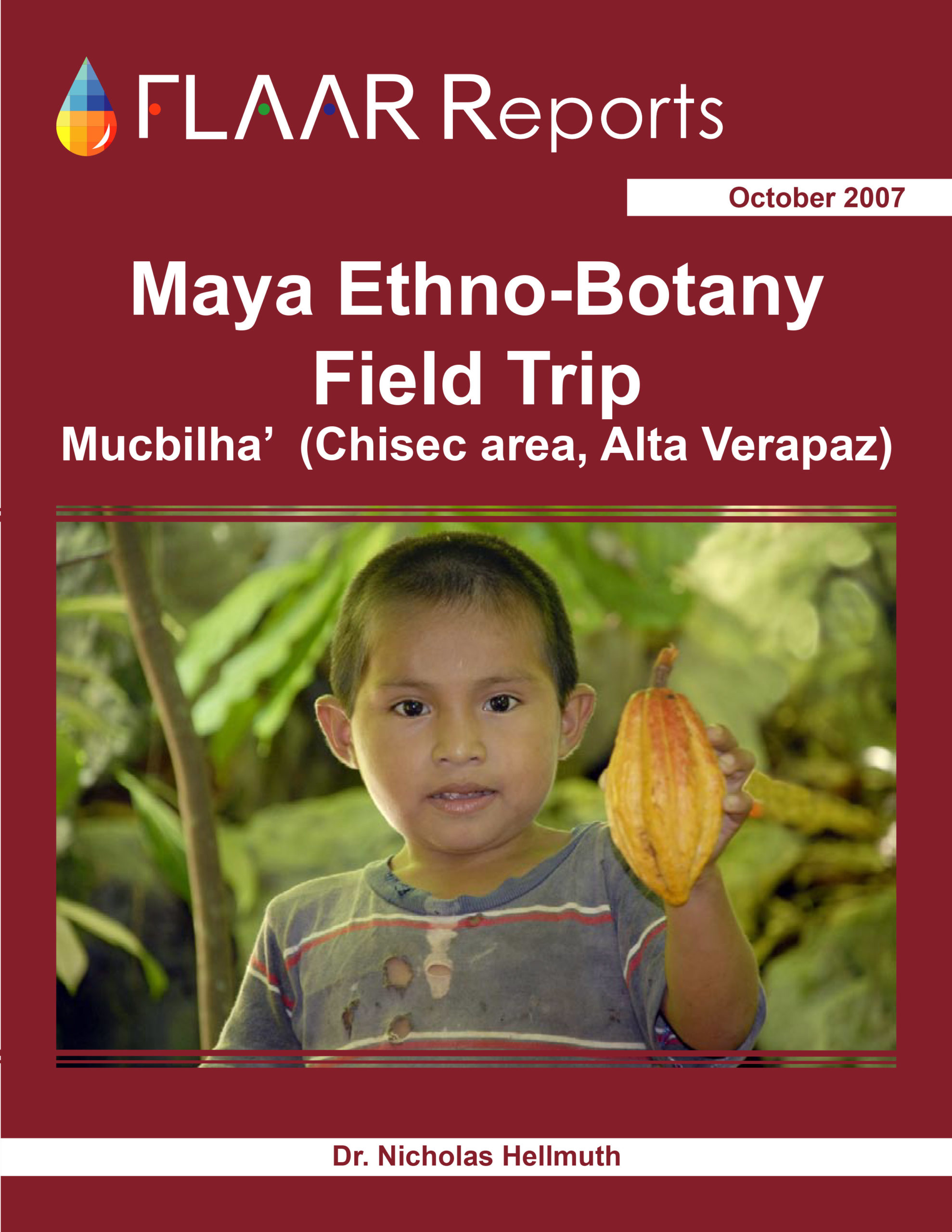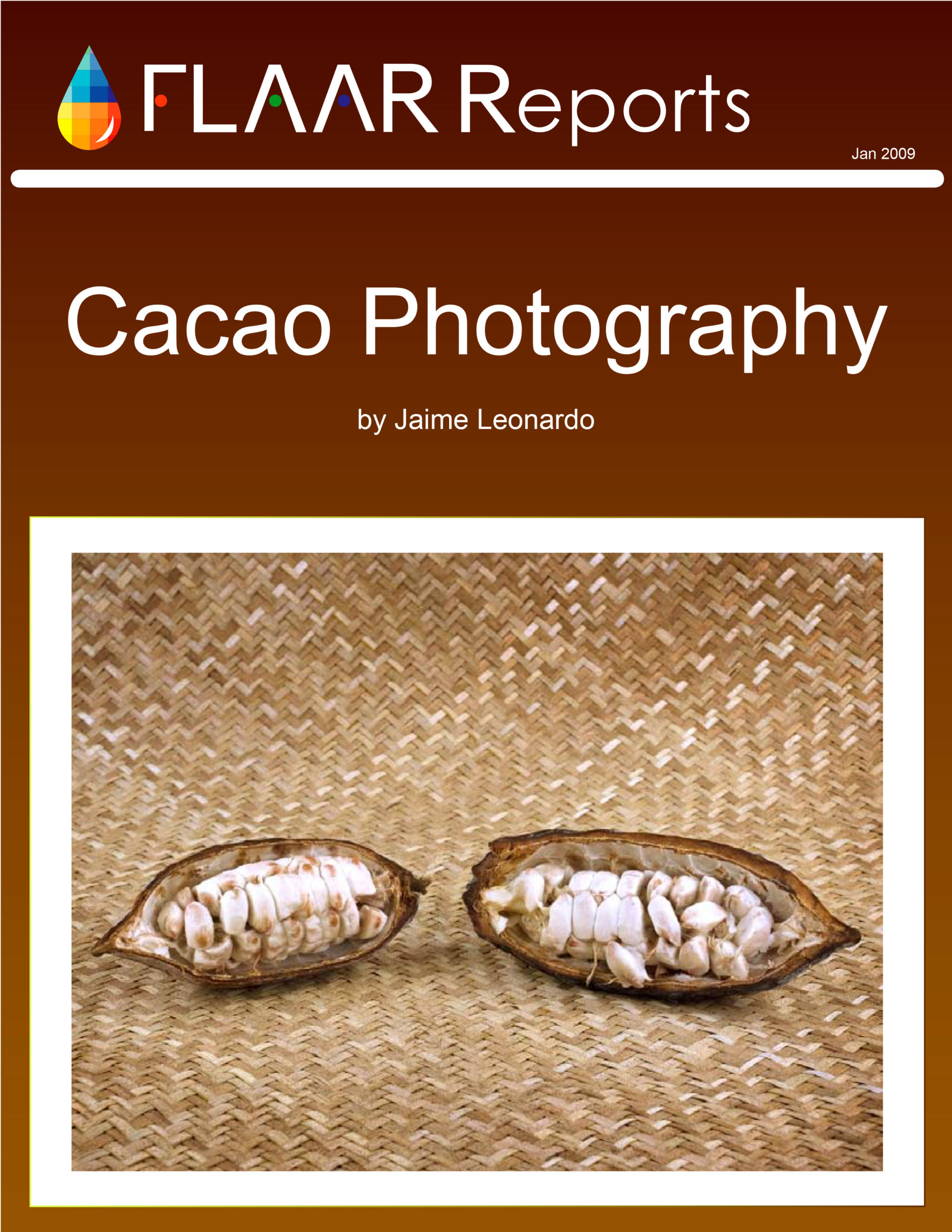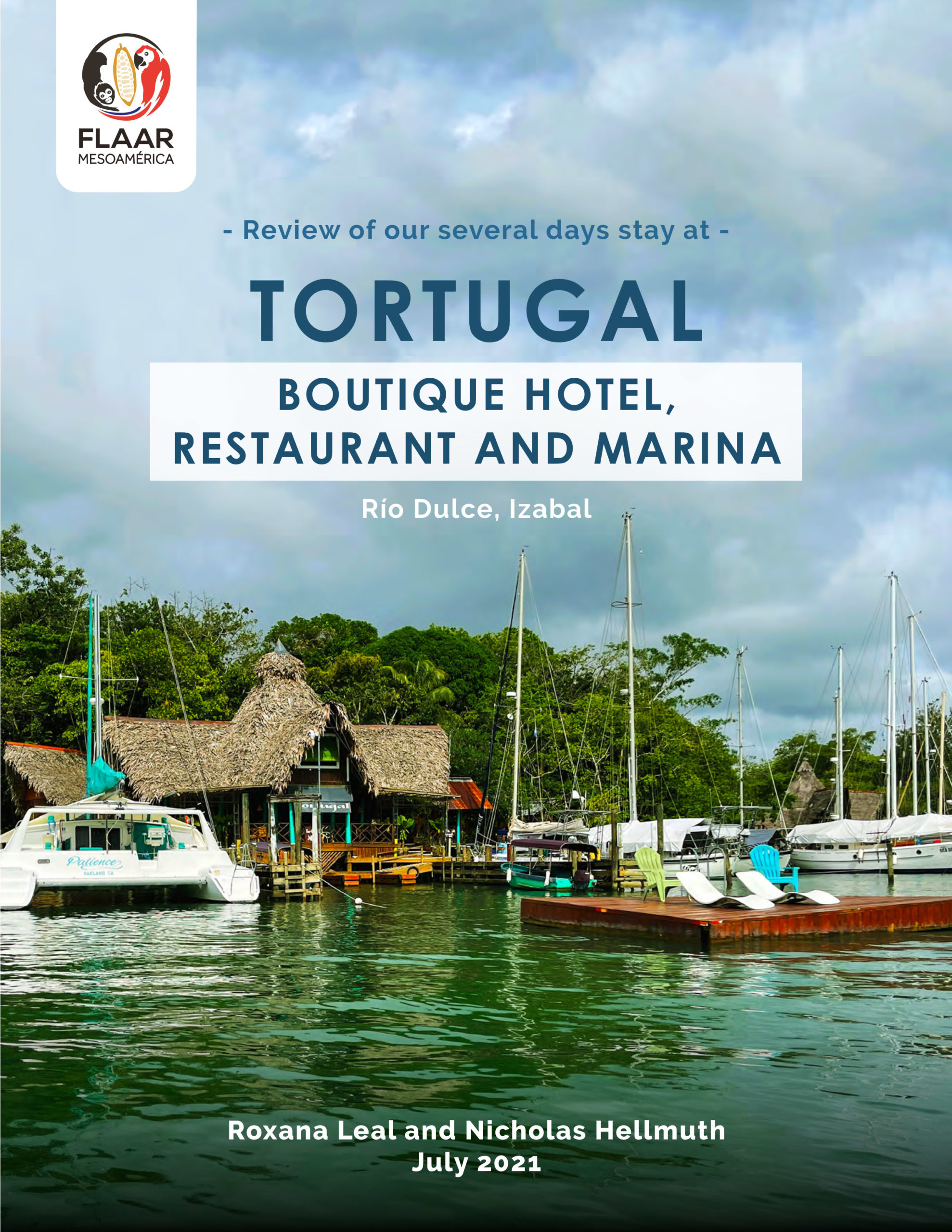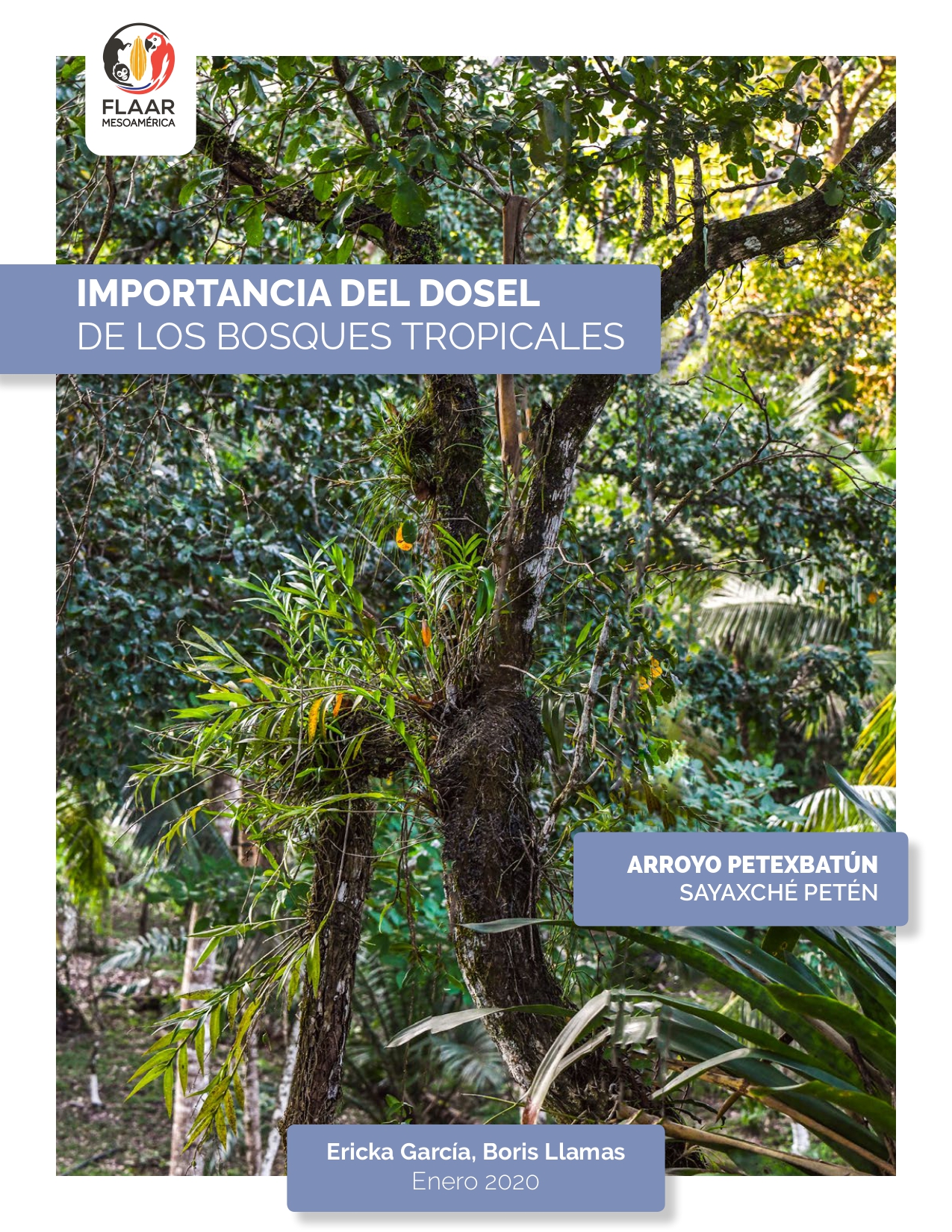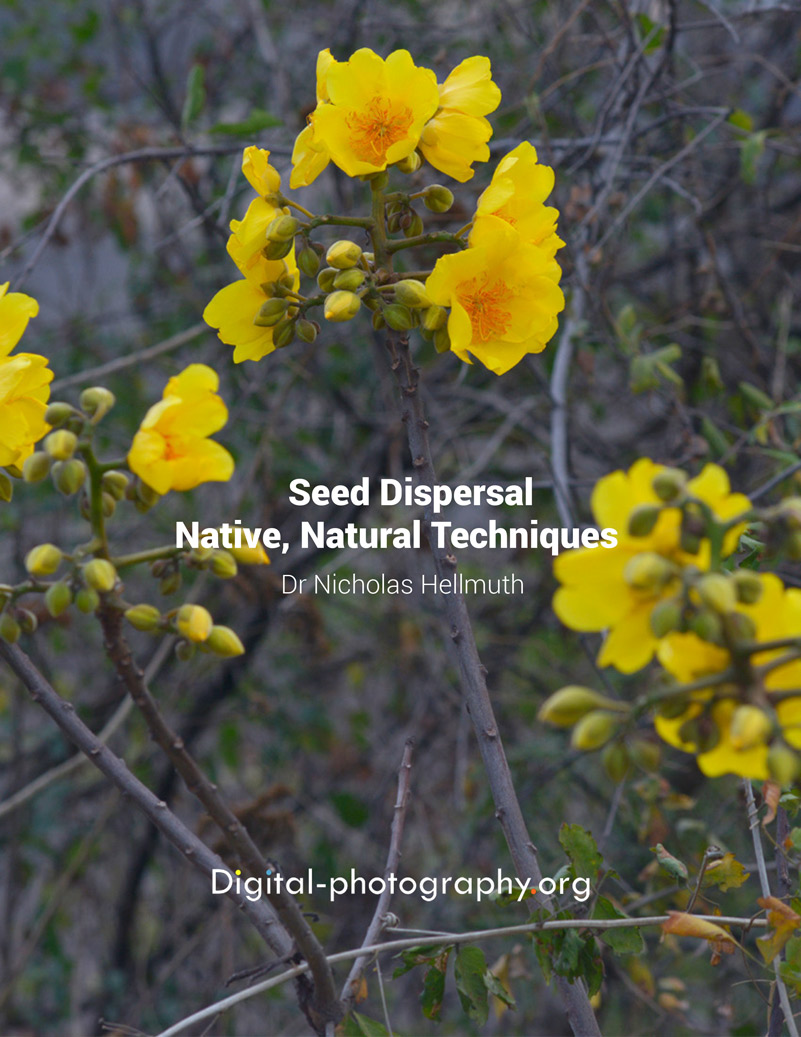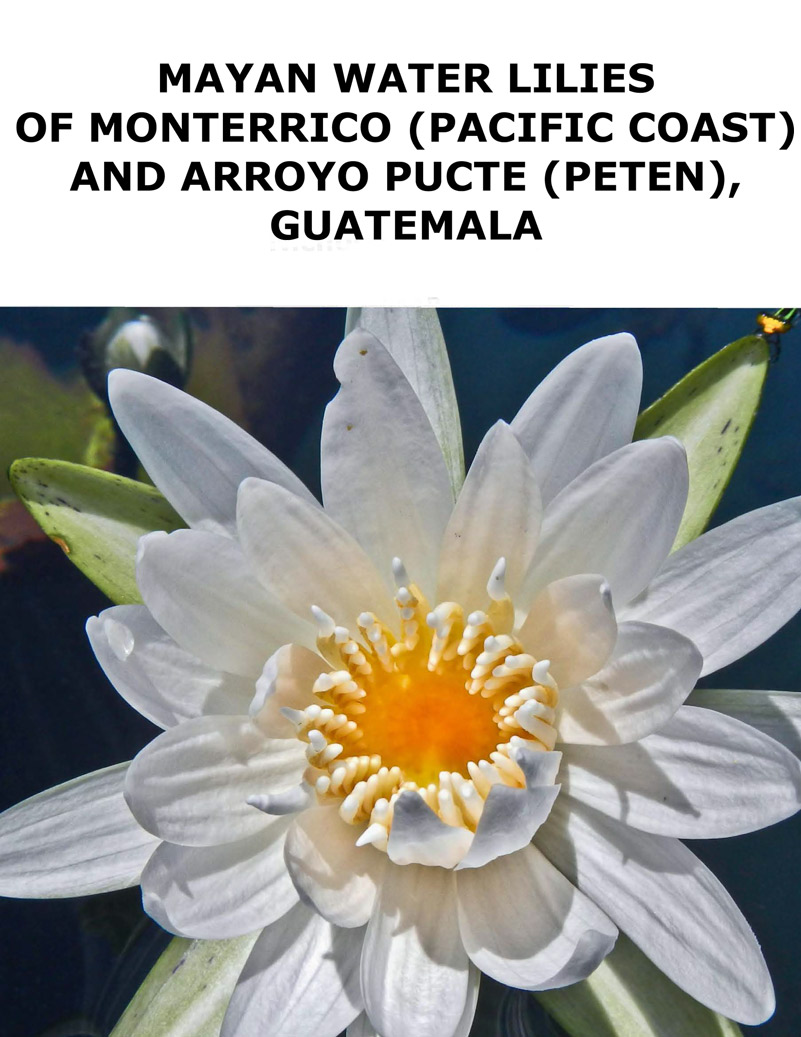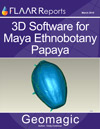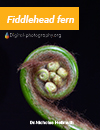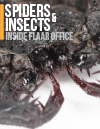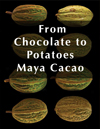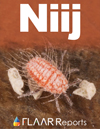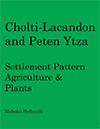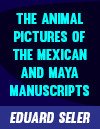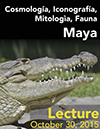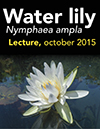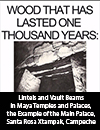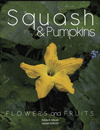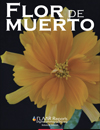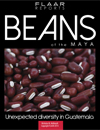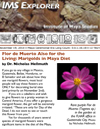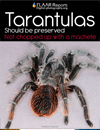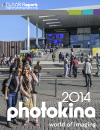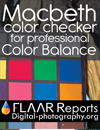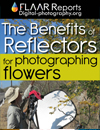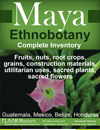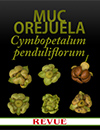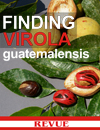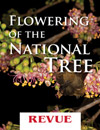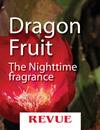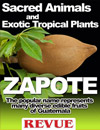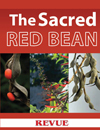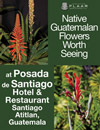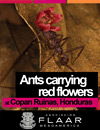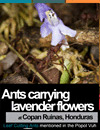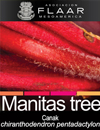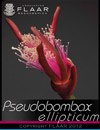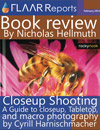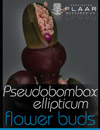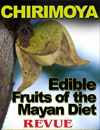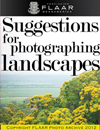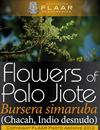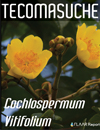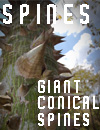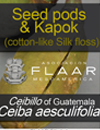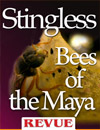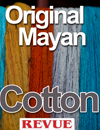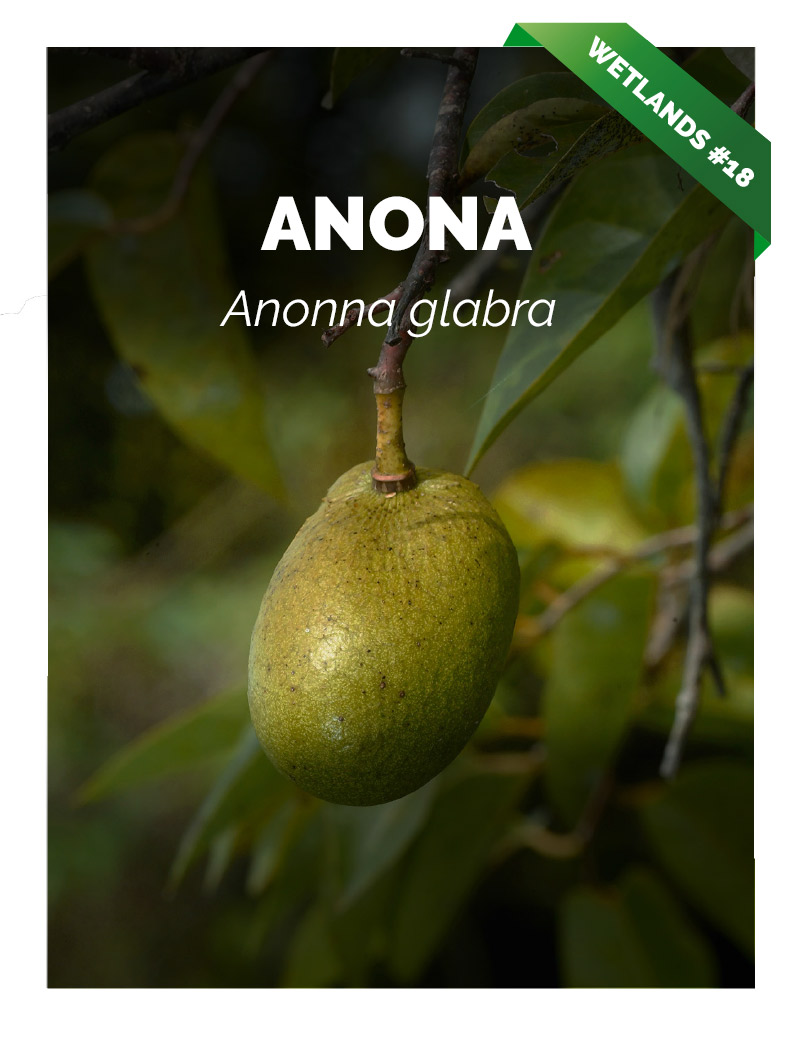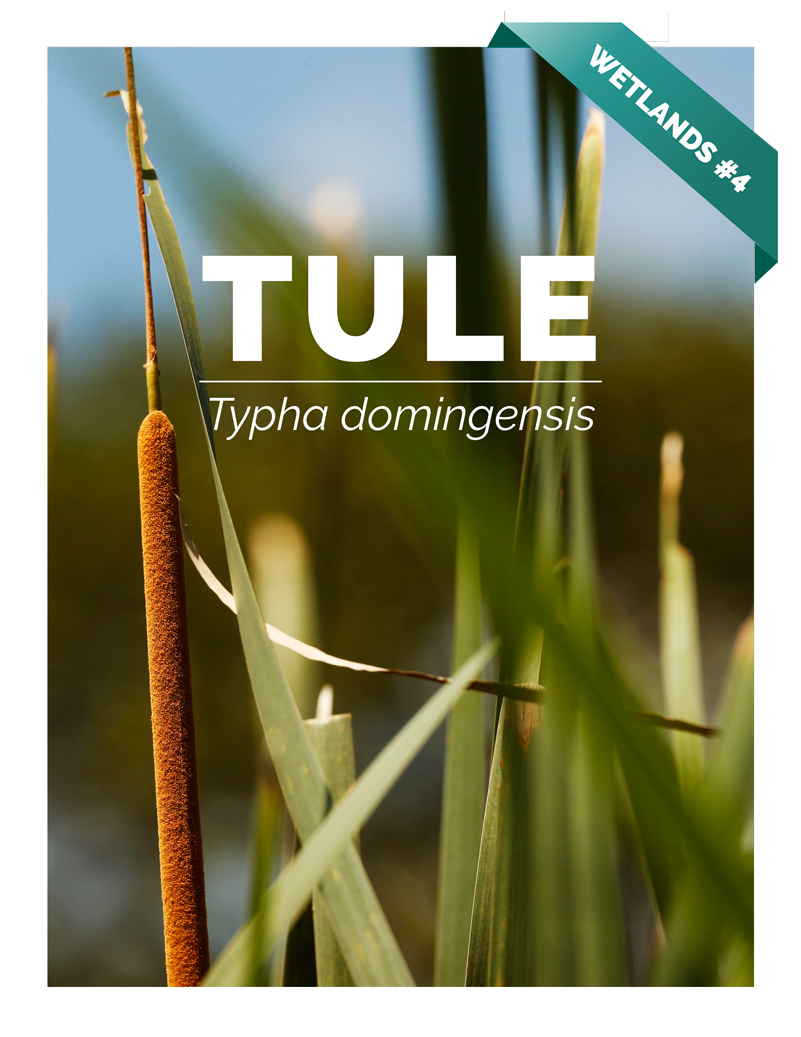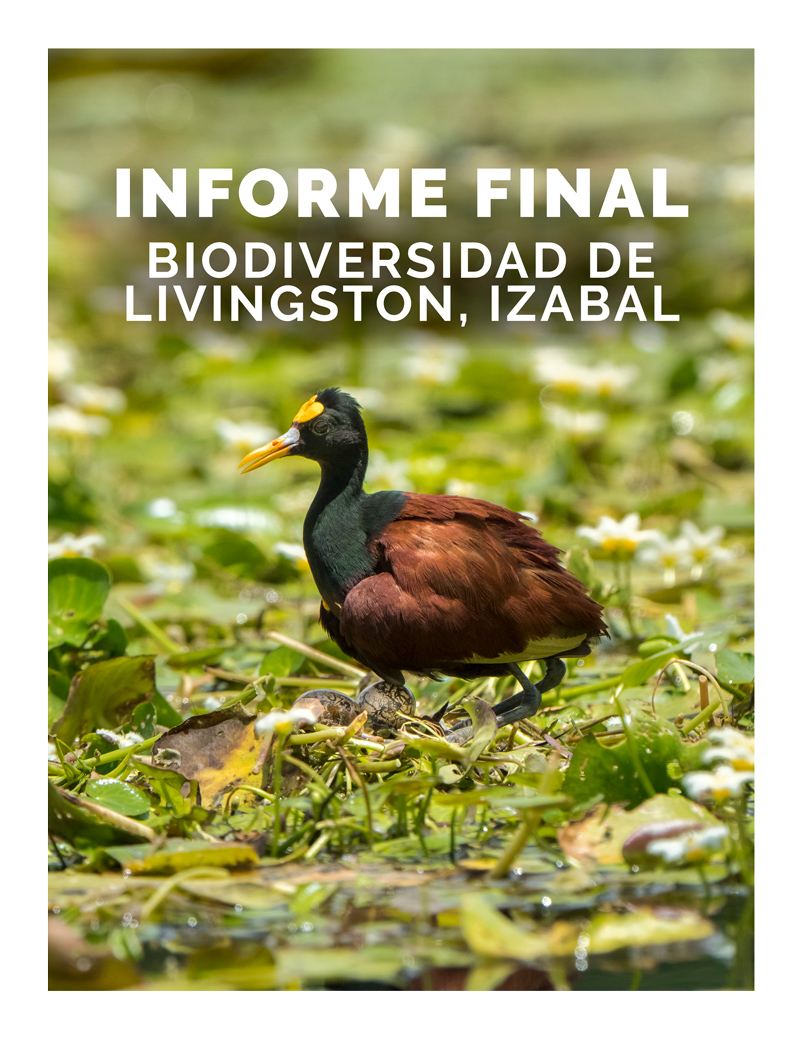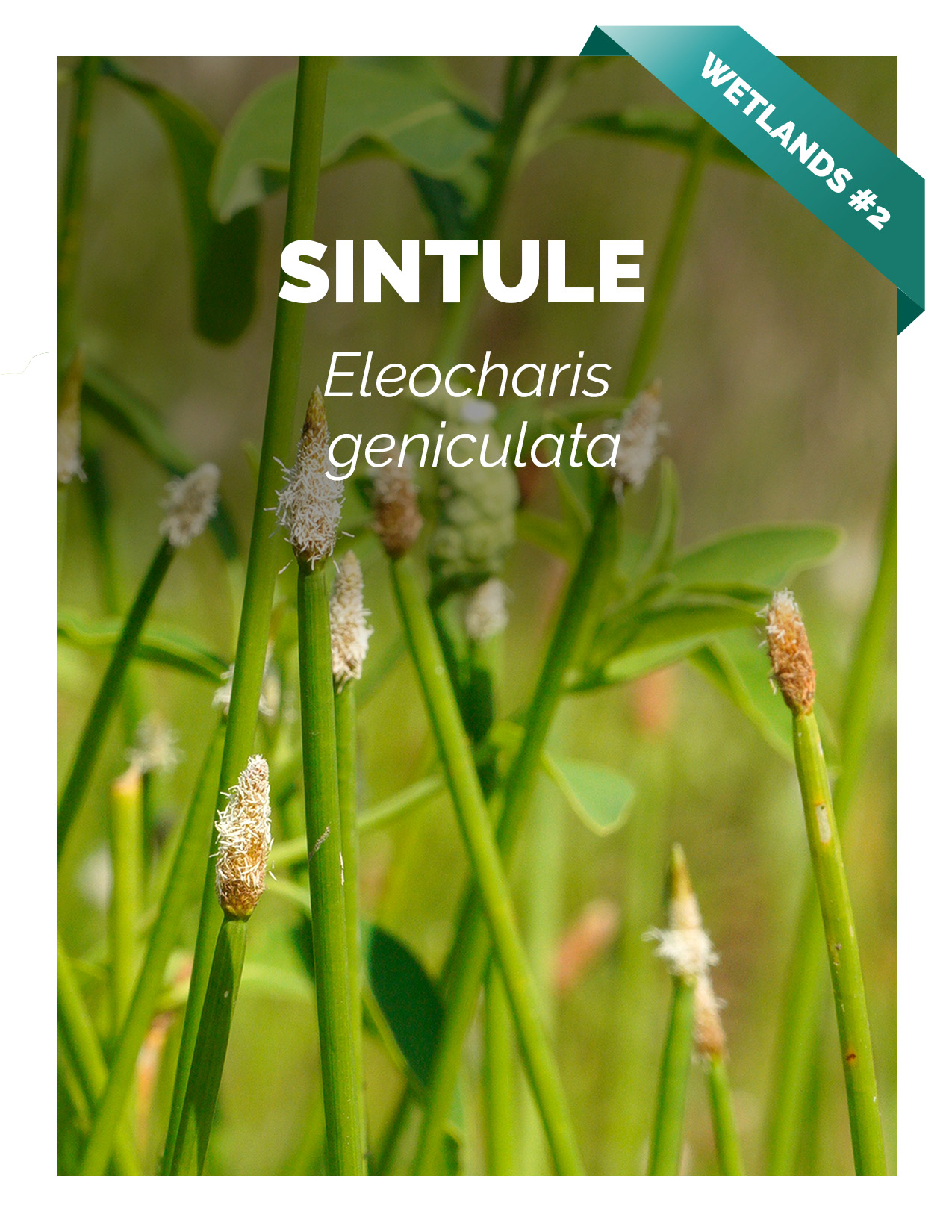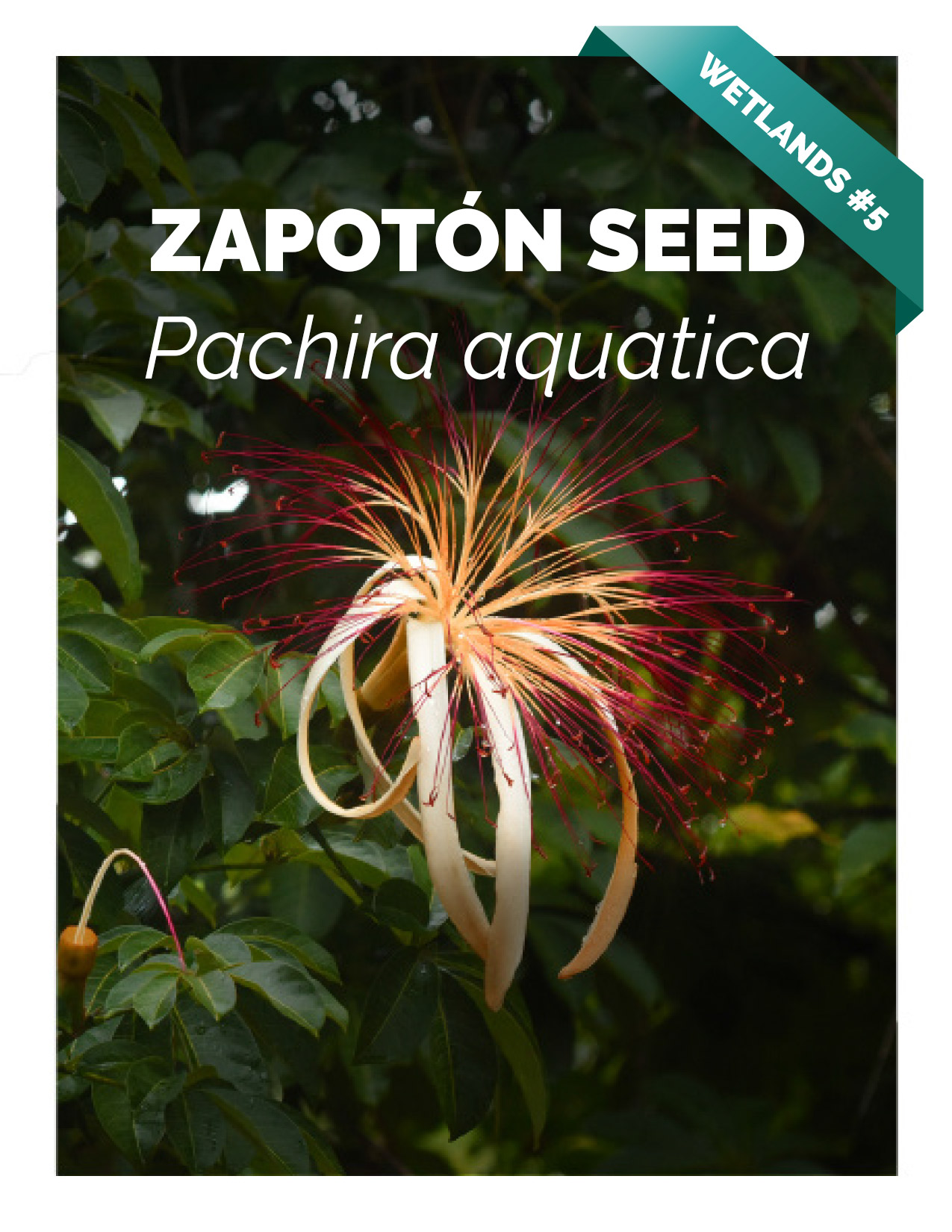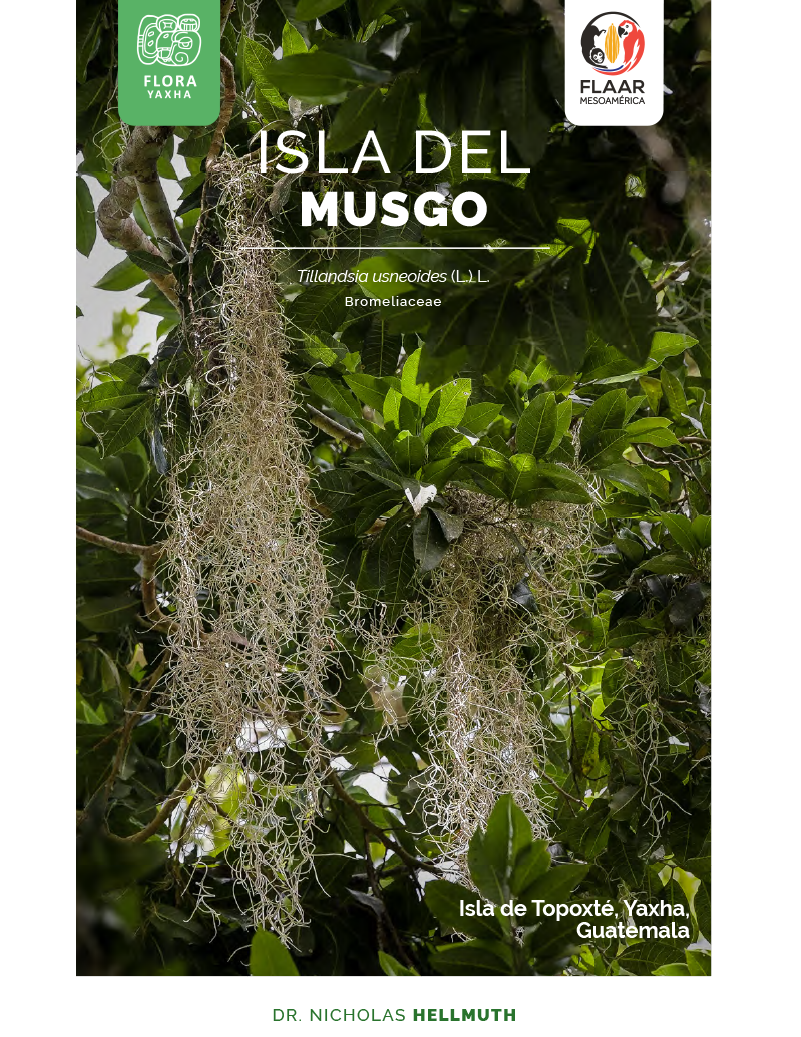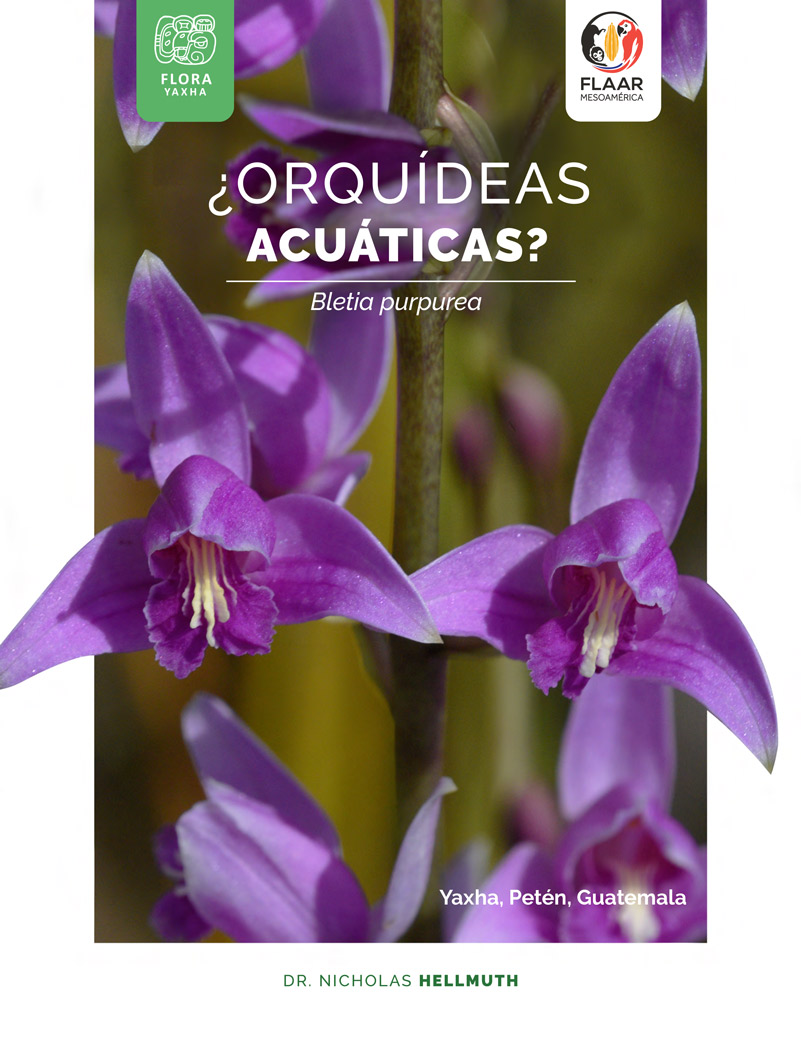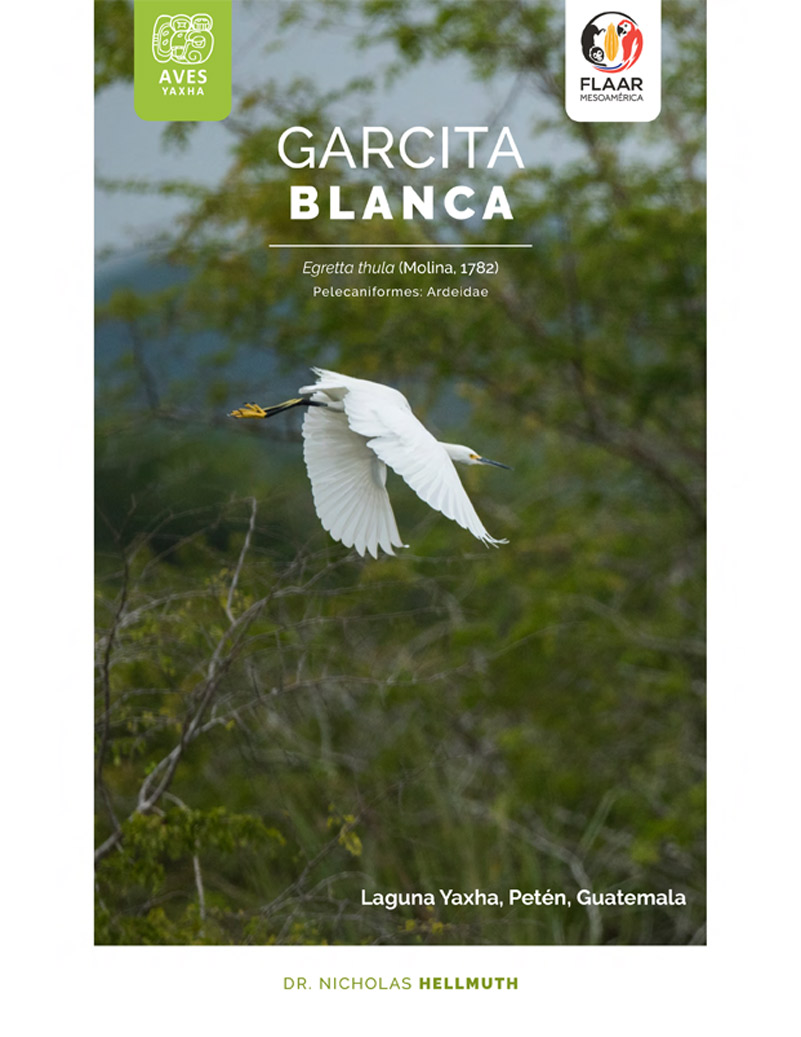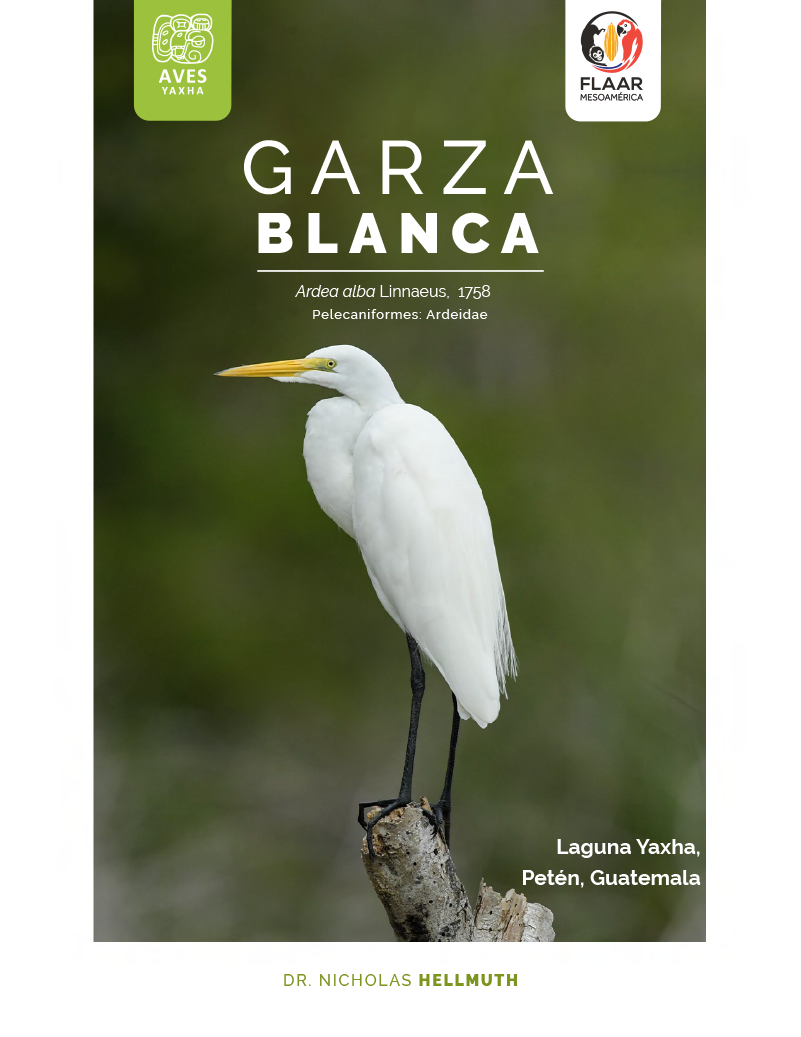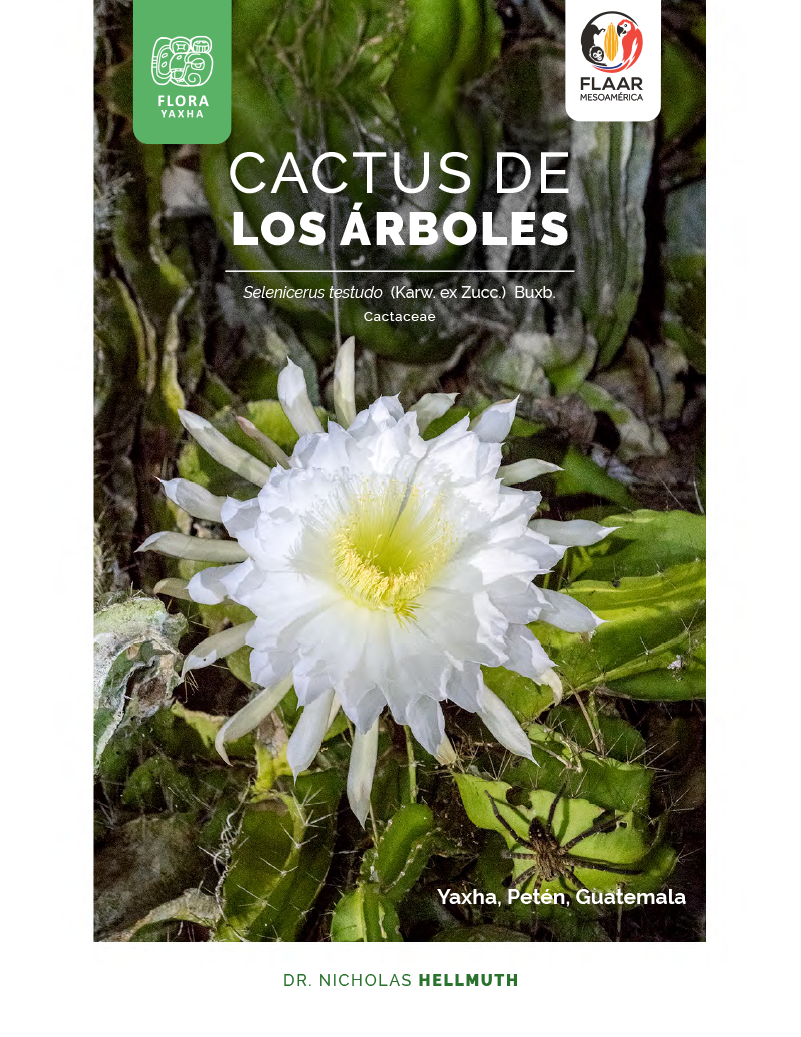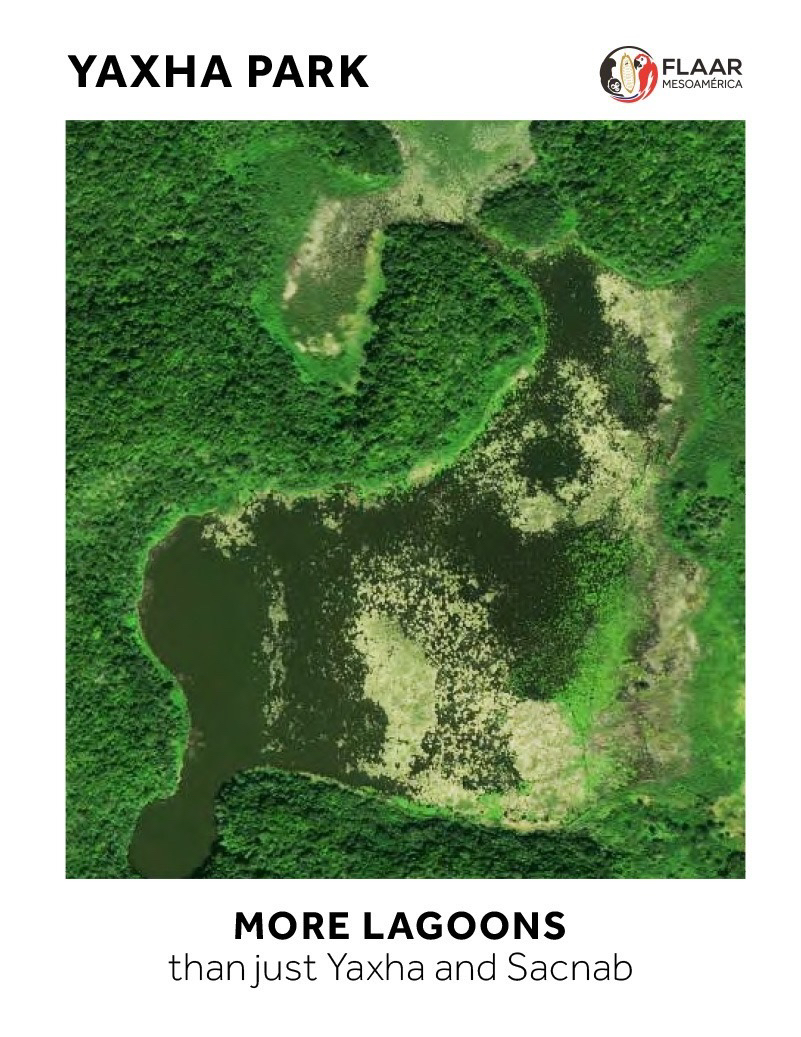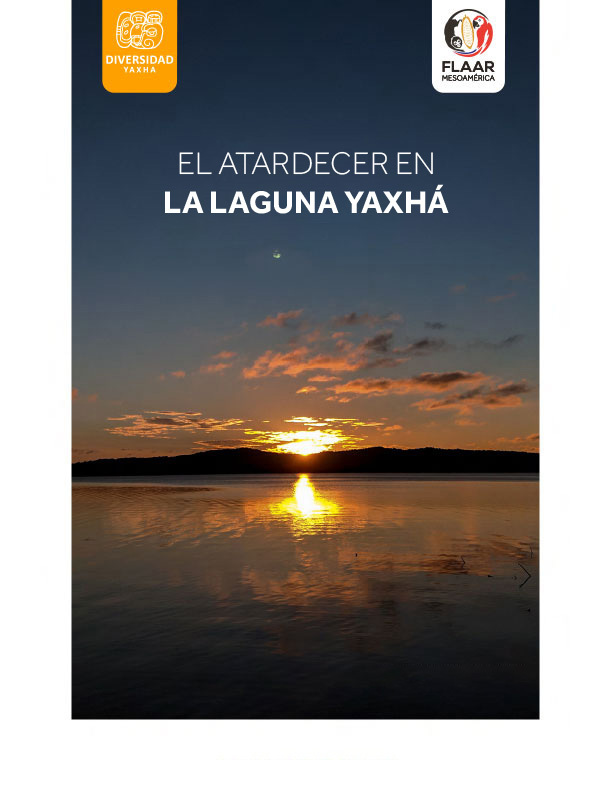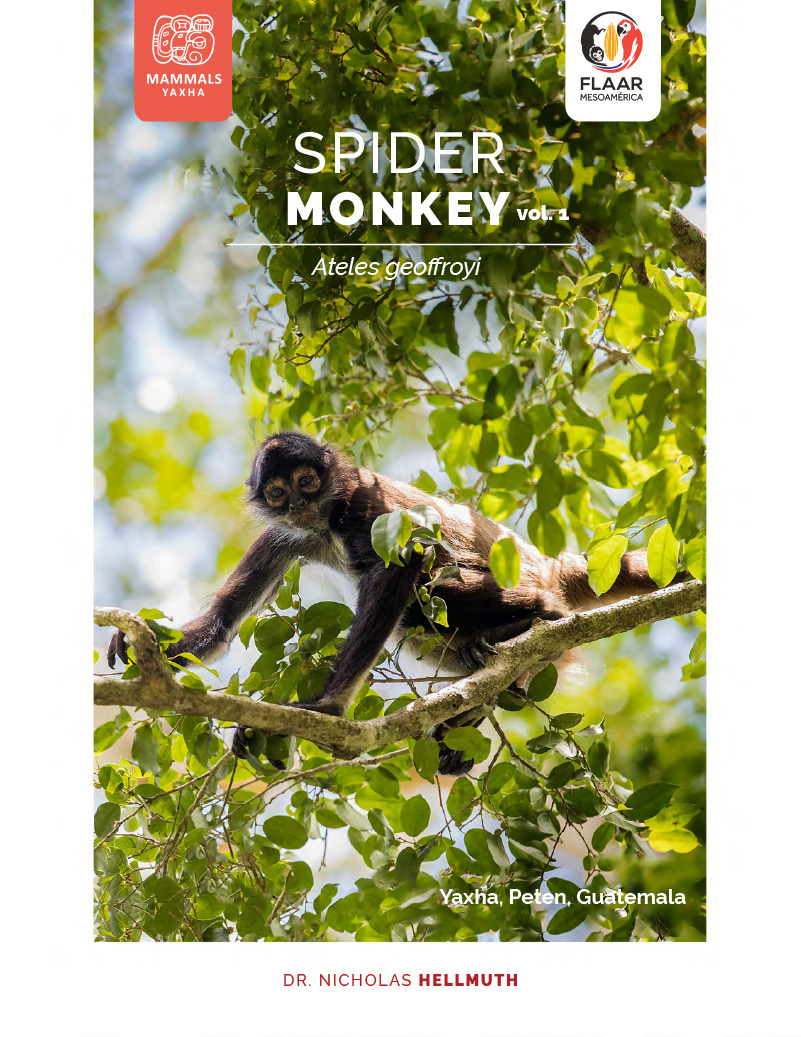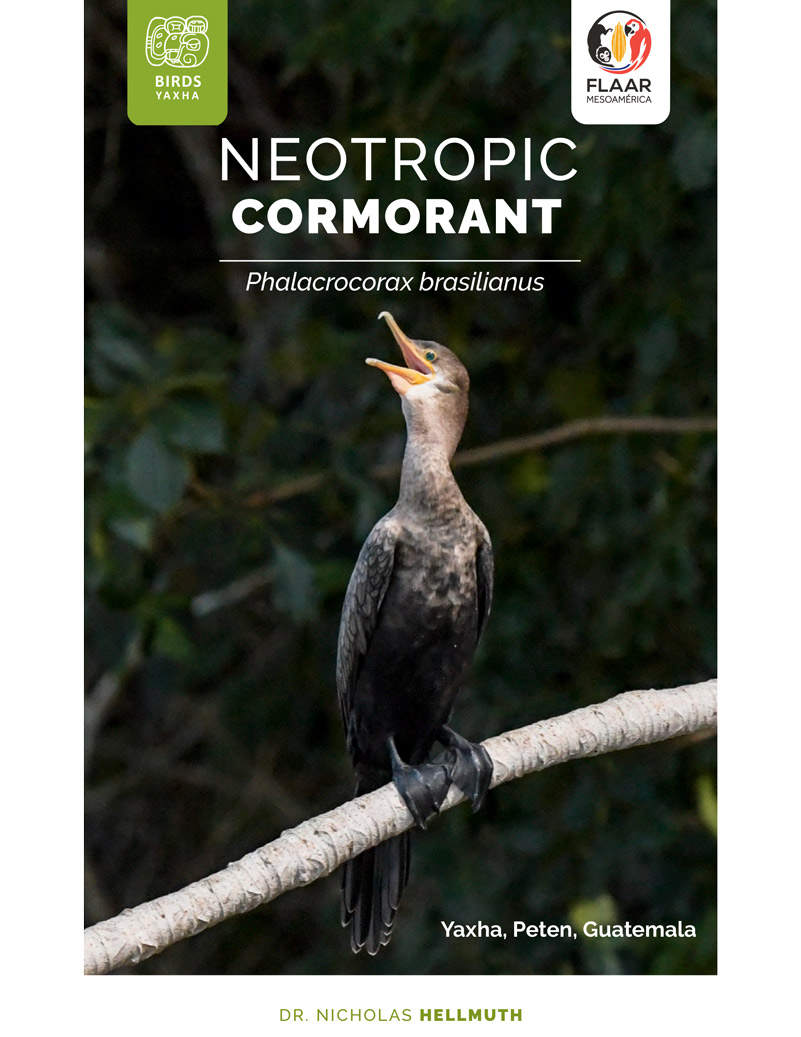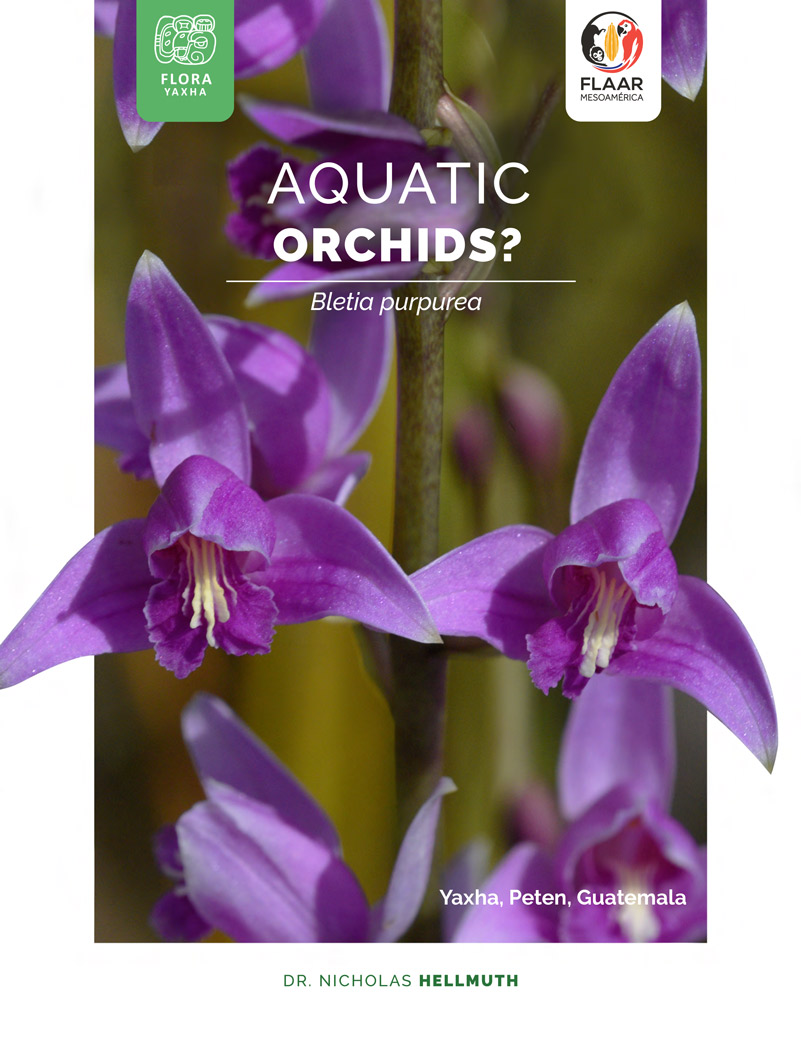Palm Paradise Peten is a botanical and ecological research project initiated by FLAAR (USA) and FLAAR Mesoamerica (Guatemala). This palm project has multiple goals:
1st: to find, photograph, document and publish all areas of PNYNN and surroundings that have: Guanal—an area with hundreds and hundreds of guano palm as the dominant species within an area of half a square kilometer, more, or less. Sabal mexicana.
Escobal—an area with lots of escoba, broom palms, Cryosophila stauracantha, where there are more escoba palms than any other plant in this area—but obviously mixed with other palms and other plants.
Botanal—area crowded with hundreds of very tall botan palms, Sabal mauritiiformis, often (but not always) with lots of corozo palms.
Corozal, which local people also call corozera—masses of corozo palms, Attalea cohune, often very very tall, often with together lots of tall botan palms and other palms and other plants.
2nd: to find every palm species that exists in PNYNN and surrounding areas of the RBM—there is no plant list for any national park within the RBM that includes a complete list of every palm genus and species—only the obvious common palms are listed: botan, guano, bayal palm vine, corozo, xate and a few others.
3rd: once we find all the palms that are wild and native to the Reserva de la Biosfera Maya (RBM) we will list how many of these species have edible parts. Lots of palm species have edible parts that would have allowed the Preclassic, Classic, and Post Classic Maya to have healthy natural food available that did NOT require slash-and-burn milpa agriculture. Plus, obviously lots of parts of palms can be used to weave baskets, hats and mats. And it is well known that lots of palms are used to thatch the roofs of Maya houses (grass, heliconia leaves (in Alta Verapaz) and lots of other plants are also used as thatch).
4th: an additional goal is to encourage eco-friendly eco-tourism, so that people come to PNYNN, PANAT, PNLT and other areas of the Reserva de la Biosfera Maya to enjoy the experience of seeing remarkable parts of the seasonal rain forest that they have never experienced elsewhere in the world. Costa Rica has the best history of eco-tourism for generations. Guatemala has impressive bio-diverse ecosystems (lots more than areas of concentrated palms) but we wanted to start with the concept of Palm Paradise Peten. There are local guides such as Teco, Moises Daniel Perez Diaz, who knows every part of PNYNN, both plants (including where to find wild vanilla orchid vines) and birds—he is an excellent bird-watcher guide. He is a park ranger but on his holidays he is available as a guide. For 4x4 vehicle that can survive the deep ruts in the road from Yaxha to Nakum, Sebastian de la Hoz can provide multiple services including glamping-- hiking from Yaxha to the amazing Savanna East of Nakum (that FLAAR has documented) and then continuing to the Maya ruins of Naranjo-Sa’al. Sebastian also is dedicated to providing jaguars, monkeys, toucans, parrots and all the fauna and flora of the Peten to have a biological corridor (so the genes of the species are not stuck just in one tiny area). His project is documented on his website https://GreenBalamForests.org. His mother, Gabriella Moretti, is founder of the comfortable hotel El Sombrero Ecolodge, at the entrance to Yaxha. Lots of howler monkeys to hear in the trees over the lodges of this hotel.
Our research project, Palm Paradise Peten, is part of our 5-year project of coordination and cooperation with CONAP to study flora, fauna and biodiverse ecosystems of the Reserva de la Biosfera Maya (RBM), Peten, Guatemala.
First Series of FLAAR Reports on Corozera, Botanal, Guanal, Escobal areas of PNYNN
Corozera at South Entrance to Naranjo-Sa’al Area of PNYNN
Corozo (Cohune), Guano, Botan, Escobo and Bayal Palms
Corozera, Guanal, Escobal Biodiverse Palm Ecosystems Corozo Palm, Sabal mauritiiformis, Guano Palm, Sabal mexicana and Escoba Palm, Cryosophila stauracantha And unexpected Savanna Ecosystems Between Maya Ruins of Naranjo-Sa’al and Nakum, PNYNN, RBM
Botanal, Botan Palm Ecosystem
Corozera, Corozo Palm Ecosystem
adjacent to the Maya Ruins of Pochetoca,
PNYNN (Parque Nacional Yaxha, Nakum and Naranjo)
Reserva de la Biosfera Maya, RBM, Peten, Guatemala
Corozera, Botanal, from Nakum, PNYNN, towards El Tigre, RBM, Peten
Corozera Remains between El Tigre and El Caoba, Peten
El Tigre is an archaeological site along the mud road from Nakum west/northwest towards El Caboa. El Caoba is on the paved highway from El Remate north to Tikal.
Our initial focus was on palm areas within or adjacent to Nakum and Naranjo-Sa’al areas of PNYNN, but we intend to document lots more palm areas in surrounding areas of the Reserva de la Biosfera Maya, RBM, so we show two areas north of Uaxactun, which is north of Tikal. You do not need 4x4 to drive to Uaxactun—any car can handle that dirt/gravel road. But north from Uaxactun you need a 4x4 pickup truck that has been “lifted”.
Corozera Los Enamorados, 1st Corozera North of Uaxactun
Road to El Biotopo Naachtún Dos Lagunas
2nd Corozera North of Uaxactun, 2nd Corozera Los Enamorados, Road from Uaxactun to El Biotopo Naachtún Dos Lagunas
Posted July 1, 2025 by Nicholas Hellmuth


